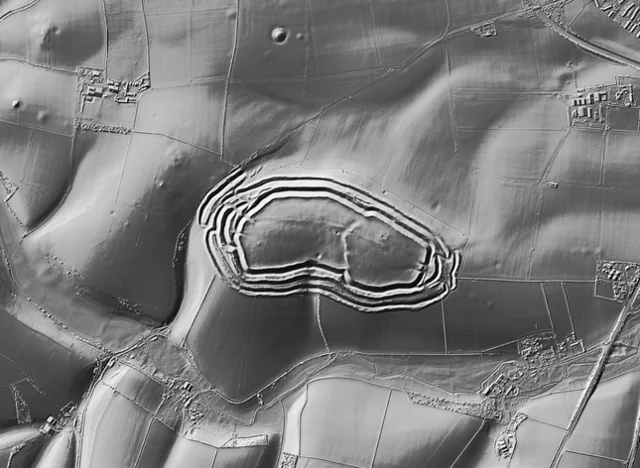Maiden Castle is one of the largest and most complex Iron Age hill forts in Britain. Located near Dorchester, Dorset, this site offers significant insights into prehistoric life and society. Its construction spans several periods, reflecting the changing needs and influences of its inhabitants.
Get your dose of History via Email
Historical Context
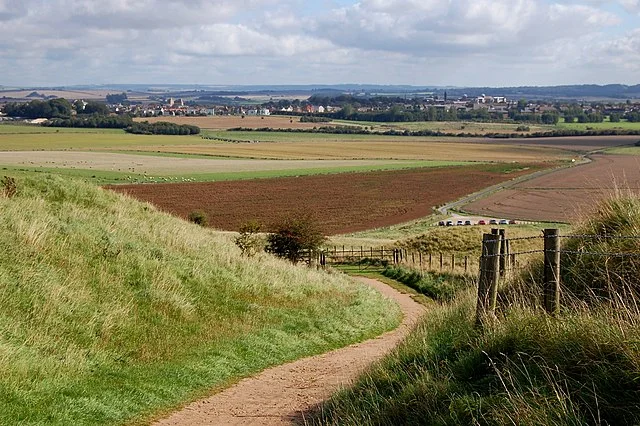
Archaeological evidence suggests that Maiden Castle’s origins date back to around 4000 BC. Initially, it served as a Neolithic enclosure. Over time, the site evolved into a hill fort during the Late Bronze Age and Early Iron Age, around 600 BC to 300 BC.
The fortification featured a series of massive earthworks. These included ramparts and ditches that provided defense against invaders. The design demonstrates the advanced engineering skills of its builders. It also highlights the strategic importance of the location.
Structure and Features
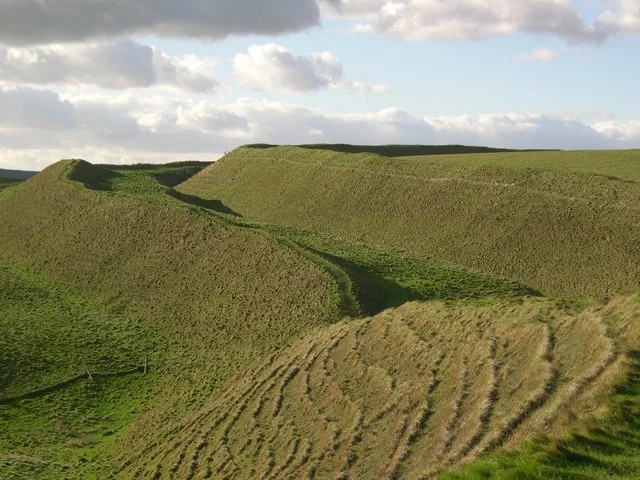
Maiden Castle covers approximately 47 acres. It features multiple concentric ditches and banks. The outer banks reach heights of up to 10 meters. The fort’s layout is complex, with several entrances, the most notable being the East Gate and the West Gate.
Inside the fort, archaeologists discovered roundhouses and other structures. These buildings reveal aspects of domestic life. Some structures date back to the Late Iron Age, around 100 BC to 50 AD.
Archaeological Discoveries
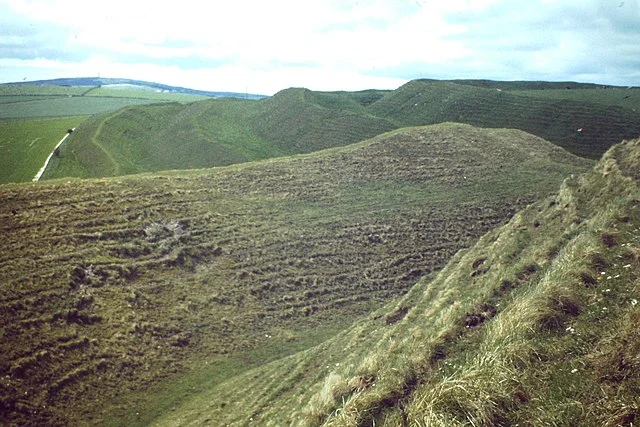
Excavations at Maiden Castle began in the late 19th century and continued into the 20th century. Archaeologists uncovered various artifacts, including pottery, tools, and weapons. These findings indicate that the site was not just a military stronghold but also a center for trade and social activities.
Notably, the discovery of human remains in the surrounding area suggests that the site was used for burials. These graves often contained grave goods, indicating a belief in an afterlife. The presence of imported items also shows connections with other cultures.
Importance of Maiden Castle
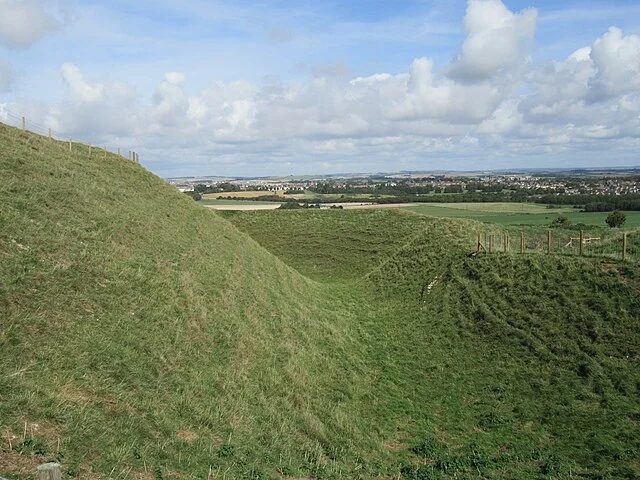
Maiden Castle is significant for several reasons. It illustrates the social and political organization of Iron Age communities. The scale of the fort suggests it served as a powerful center for local tribes.
Additionally, the site contributes to our understanding of hill forts in Britain. Researchers study Maiden Castle to gain insights into defensive architecture, settlement patterns, and social hierarchy during the Iron Age.
Conclusion
Maiden Castle remains a key archaeological site in Britain. Its complex design and rich history provide valuable information about prehistoric societies. As researchers continue to study the site, they uncover new findings that enhance our understanding of this significant historical landmark.
Source:

